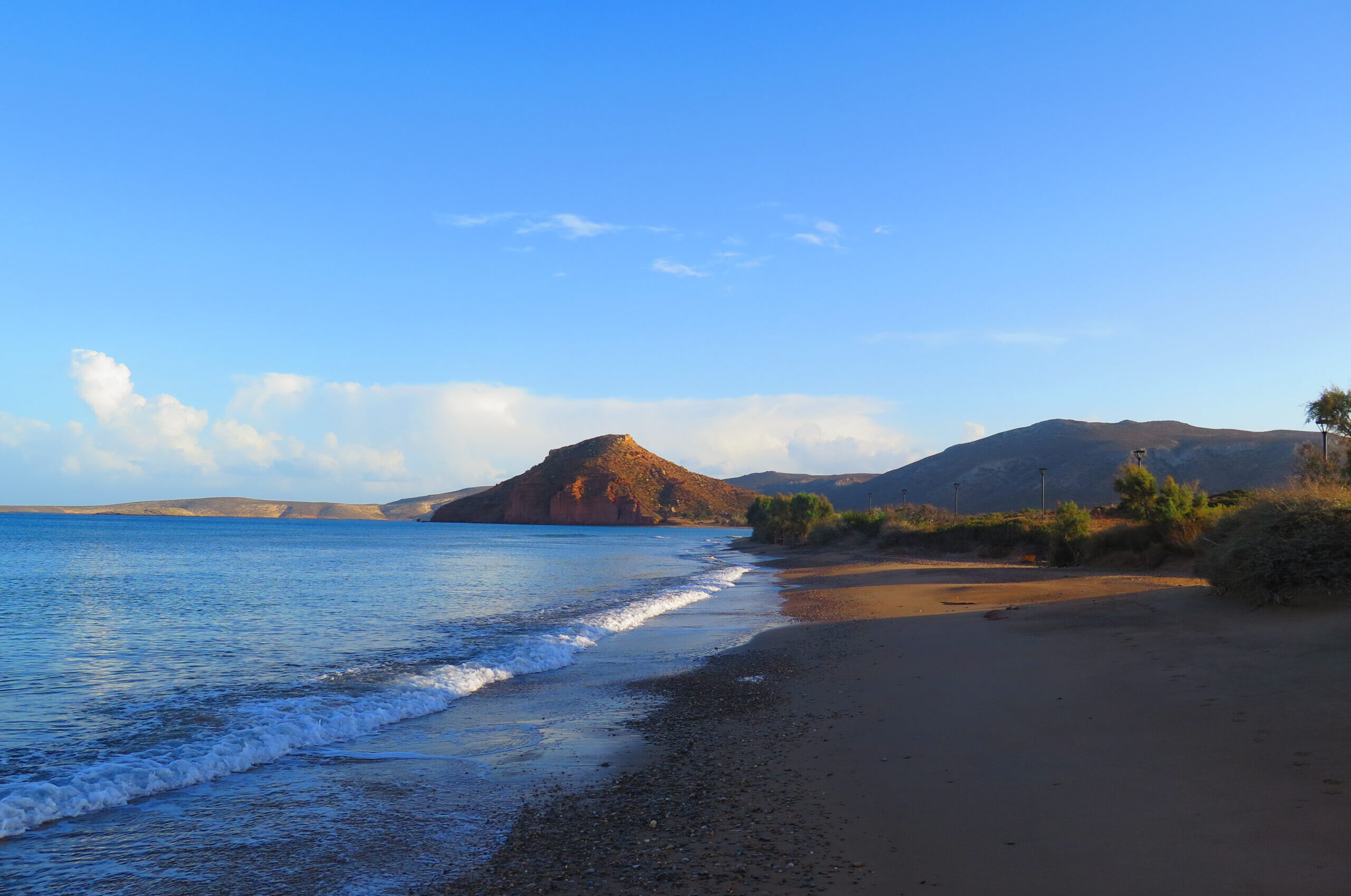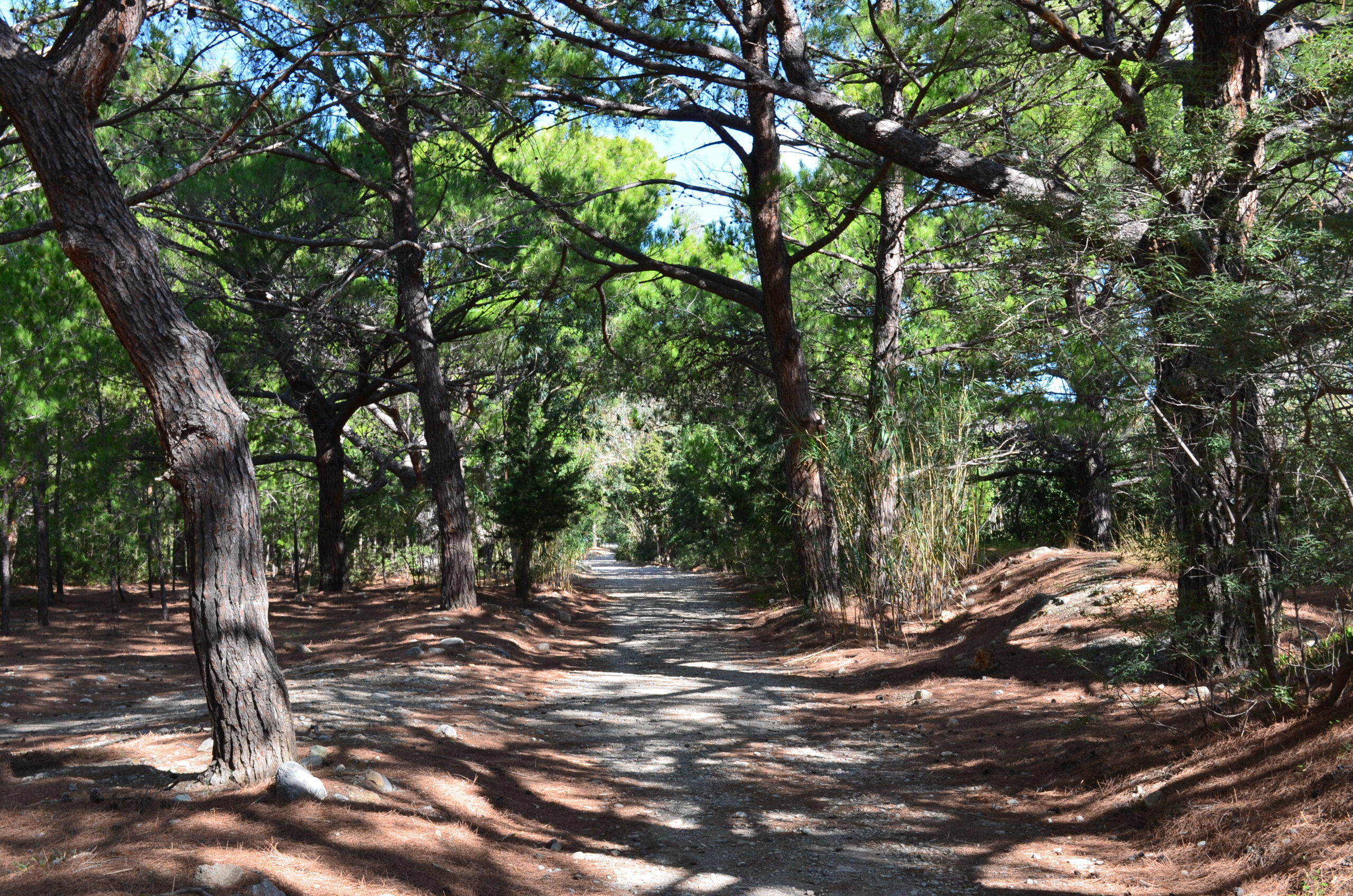
Undiscovered Crete ???
Crete is a popular holiday destination. Many tour operators have a firm foothold here.
So what is so unknown about Crete?
I would like to explain a little about:

Above all, most tourists come in the period from May, perhaps June to the end of October.
This means they are virtually guaranteed a direct flight, bright sunshine and open souvenir shops.
Furthermore, the distances on Crete are much greater than they may appear on the map.
The journey usually starts in the centre of the island and the accommodation is often no further than
than an hour's self-drive from the airport. Many people prefer to explore the west of Crete,
as it is much better developed for tourism, and very few - mainly return travellers - explore the eastern third of the island.
And last but not least, for most people it seems to be the easiest or most popular way of travelling,
to pre-book everything from home.
This often leads them to package holiday providers - in large hotel complexes with all-inclusive offers,
on standard excursions with thousands of other tourists, on extremely overcrowded beaches,
and missing out on the real specialities of the island.
Back to the question: So what should be so unknown about Crete?
In short: the direct contact with the islanders and their world, the wonderful weather in the off-season months, the east of the island ...
The east of Crete can be described as ‘The rustic Crete’. Unknown gorges, unfathomable caves, vast mountain landscapes dotted with small villages and quiet beaches. There are also countless archaeological sites that tell us stories of life long before the time of the Greek philosophers. In many villages we can find key holders who are happy to open the doors to their folkloristic collections of crafts and life to show us the very different life of the islanders not so long ago. Until Christmas, we can still enjoy the warm waters of the Mediterranean and perhaps even let a little rain shower wash off the salt water. As winter approaches, we can take part in the olive harvest and pressing, savour the fresh Raki and take part in the often spontaneous and cheerful festivities. Of course, Cretans also have reason to celebrate in spring. This is when the goats are slowly brought down from the plateaus, cheese is made and the traditional Dakos is baked. We are also very welcome in the monasteries. As the east of Crete is relatively little visited, the locals here are incredibly welcoming to visitors. ‘Καλώς ήρθατε!’
And another thing: photographers really get their fill in eastern Crete!
Even if I don't want to call myself a professional photographer, I would like to give you a small impression of the possibilities, but also of what a guided tour with me can offer you. Take a look at a few of my short contributions from our trips here. Have fun!